The train ride from Bangkok to the
border was comfortable and it was nice to see the Thai countryside
from the open air windows. We hopped off the train into a Tuk-Tuk to
take us the remaining 3 kilometers to the border. Entering Cambodia
via land is a widely known nightmare. We did extensive research to
make things go smoother, but of coarse identified new issues. Visa
scams are everywhere approaching Cambodia and bus and tour scams line
the streets, especially on the Thai side. When we finally found the
official place to get our Cambodian Visa, we learned that the price
had been increased from $20 to $35. This went into effect October
1st... the same day we were crossing the border.
Cambodians use Riel and the US dollar, but everyone wants US dollars
so reil bills are only really used for small change under $1 US.
Anyway, we didn't have enough dollars to pay the new fee. So we are
stamped out of Thailand, but not into Cambodia in this limbo
(ATM-less) zone. Brian walked around for an hour trying to find more
money, only to find people that wanted to take his money. The only
businesses in limbo were casinos, but they had no ATMs. I half
expected Brian to gamble with our dollars to get enough for us to
cross the border. In the end a casino manager recommended that Brian
simply walk a quarter of a mile into Cambodia, use the ATM and come
back. So Brian walks without a passport, without identification
through the Cambodian border to the ATM and back across the border...
no questions asked. We were able to pay for our Visas, legally cross
into Cambodia and catch a bus to Siem Reap. The bus ride was
terrifying, as Cambodia's roads are in really bad shape. It didn't
help that our driver stopped for a few 8% beers on the way.
We only spent 2 nights in Siem Reap,
since the areas main attraction is Angkor Wat. It's not uncommon for
people to buy a week long pass to visit the temples of Angkor Wat,
but we bought a 1 day pass and were satisfied with out visit. Built
in the 12th century, Angkor Wat is the largest religious
monument in the world and was originally Hindu, but is now Buddhist.
Some of the temples are being devoured by large trees. Various parts
have been restored, while other remain in their historic toppling
state. Large sandstone bricks were transported 25 miles to the site
of Angkor Wat. The temples were first discovered by the western world
when a French botanist discovered them deep in the jungle.
During our 2 nights in Siem Reap we
noticed that there were amputees everywhere. Sitting at lunch we were
discussing what that could be when a land mine victim came up to us
selling books about Cambodia's land mine problems. There are about
50,000 amputees in Cambodia. Most mines were laid during the Civil
War in the 1970's and up to 6 million land mines are still buried in
Cambodia's rural areas. Men working in fields and children playing in
the countryside are the most common victims.
Avoiding another crazy bus ride, we
paid a little extra money to take the best night bus service in
Cambodia to the city capital, Phnom Penh. The sleeper bus was pretty
comfortable and we only woke up once to severe bumpy road conditions.
I think our comfort levels are skewed after 8 months sleeping on
rocking sailboats.
Visiting the Killing Fields of Choeung
Ek was an eye opening experience. From 1974-1979, Cambodia's
communist party, the Khmer Rouge, was responsible for the deaths of
over 3 million Cambodians. Before the Khmer Rouge's reign the
population of Cambodia was 8 million. The political party was a
peasant party and main targets for execution were city dwellers,
professionals, monks, ethnic minorities, foreigners, proponents of a
free market system and any intellectuals. Ironically, the leaders of
the Khmer Rouge were very educated, mostly by French universities.
City populations in Cambodia were at an all time high since rural
dwellers feared for their safety when bombs were being dropped in
Vietnam and Cambodia, targeting the Viet Cong. The Khmer Rouge
required all cities in Cambodia to be evacuated and their residents
sent to designated sites in the country side to join the peasants in
hard labor, essentially slave labor, to increase Cambodia's
productivity. Conditions were deplorable and families were separated,
since citizens' primary allegiance was to be to the state. Men,
women, and children alike spent 12-15 hours a day working as groups
in the fields and faced frequent starvation.
Formally an orchard, the Choeng Ek
Killing Field is now a mix of shallow pits (excavated mass grave
sites) and mounds (unexcavated mass grave sites.) A Buddhist Stupa
was built near the entry of the fields an now holds more than 8,000
skulls of victims. Murders at Choeng Ek were extremely violent and
bullets were valued and seldom used. Women, children, and even babies
were violently killed. The Khmer Rouge believe that if a man was
executed, it was important that the family also be killed to prevent
a generation of resentment and revenge. Because of the rainy season,
it is common for material to surface from the mass graves. Pieces of
clothing, teeth, and both small and large bones are scattered around
the site. We were very impressed with the 2 hour audio tour that was
included in our admission fee.
Before being brought to Choeung Ek for
execution, prisoners were held at S-21, a high school converted to
torture prison. The facility is now the Tuol Sieng Museum. Khmer
Rough leaders kept meticulous records and photos of prisoners as they
arrived at the camp. These haunting “mug shots” are now displayed
at the museum in the form of rows and rows of photos. When the
Vietnamese liberated Phnom Penh (1979), there were only 7 survivors
still at the prison. Two of those survivors were at the museum
selling and signing books about their survival stories.
Experiencing the Tuol Sieng Museum and
Choeung Ek was fairly overwhelming. It's difficult to comprehend that
almost a quarter of the country was so brutally murdered just 35
years ago. Phnom Penh has done an excellent job rebuilding and
striving to honor the lost generation that once called the city their
home.
We roamed around the Central Market and
Night Market eating Cambodian treats with the locals. Brian wouldn't
eat the fried grasshopper, but Lauren ate a squid with a cucumber
piece inside. Cambodia has great noodles mixed with vegetables, iced
coffee, and fresh fruit juices. After the night market, we had our
favorite 50 cent beers on the river and watched lights go by.
The recent civil war and genocide hangs
a dark cloud over Cambodia buthe people are very friendly, light
hearted, and optimistic. From Phnom Penh we traveled to the Cambodian
coast... Update to come in Cambodia Part 2!
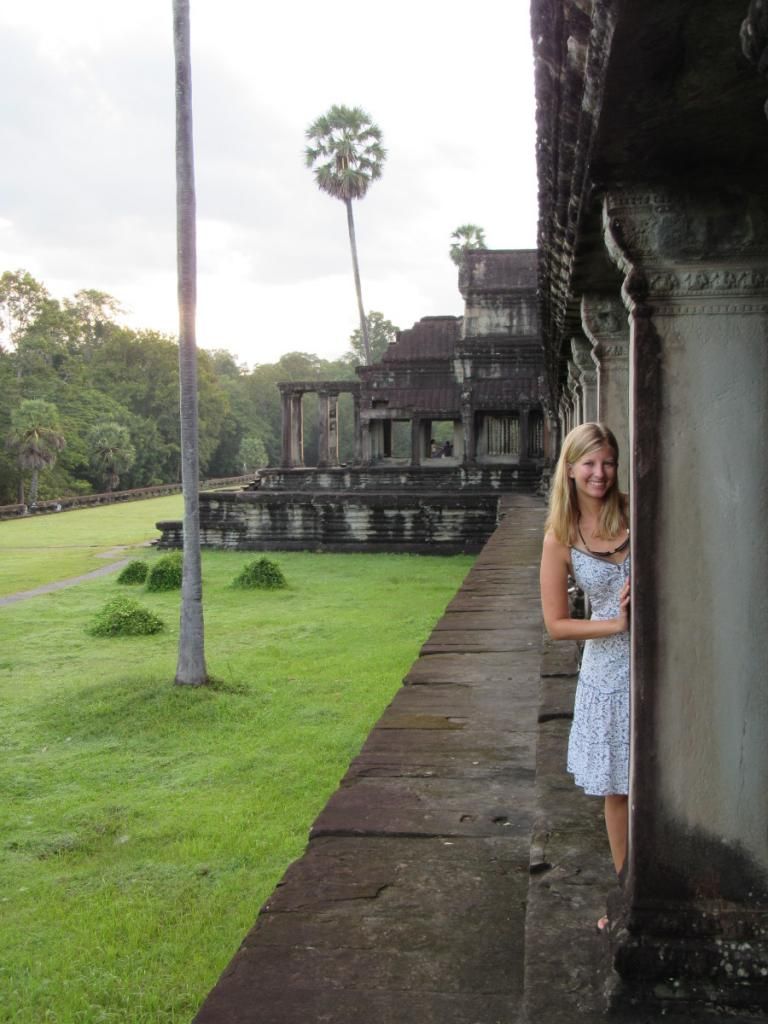 |
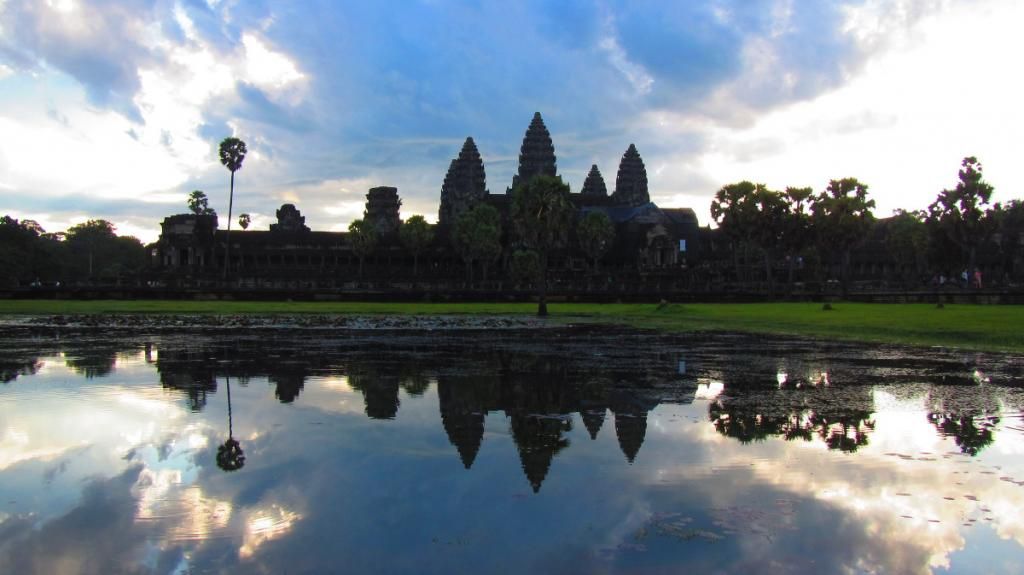 |
 |
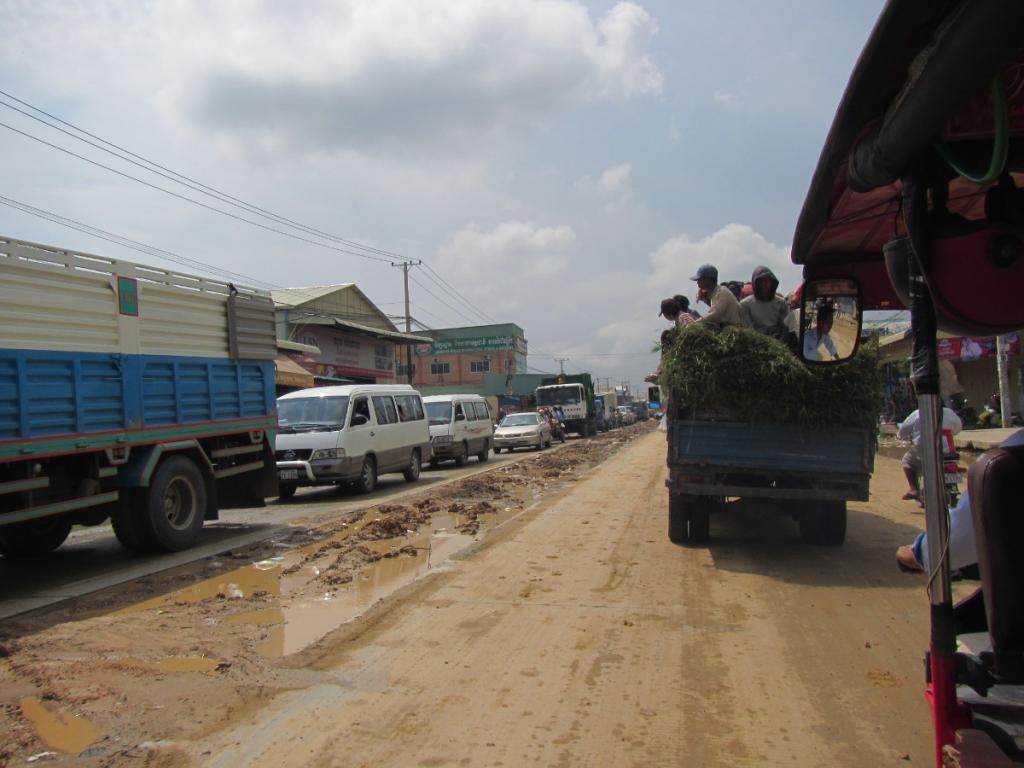 |
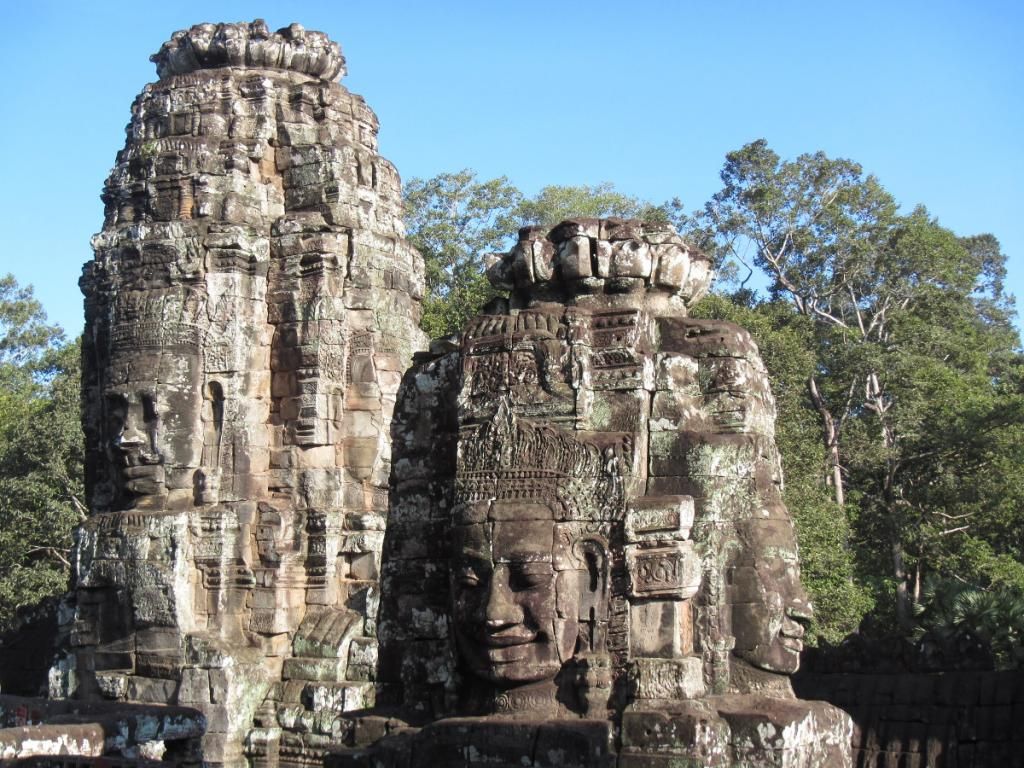 |
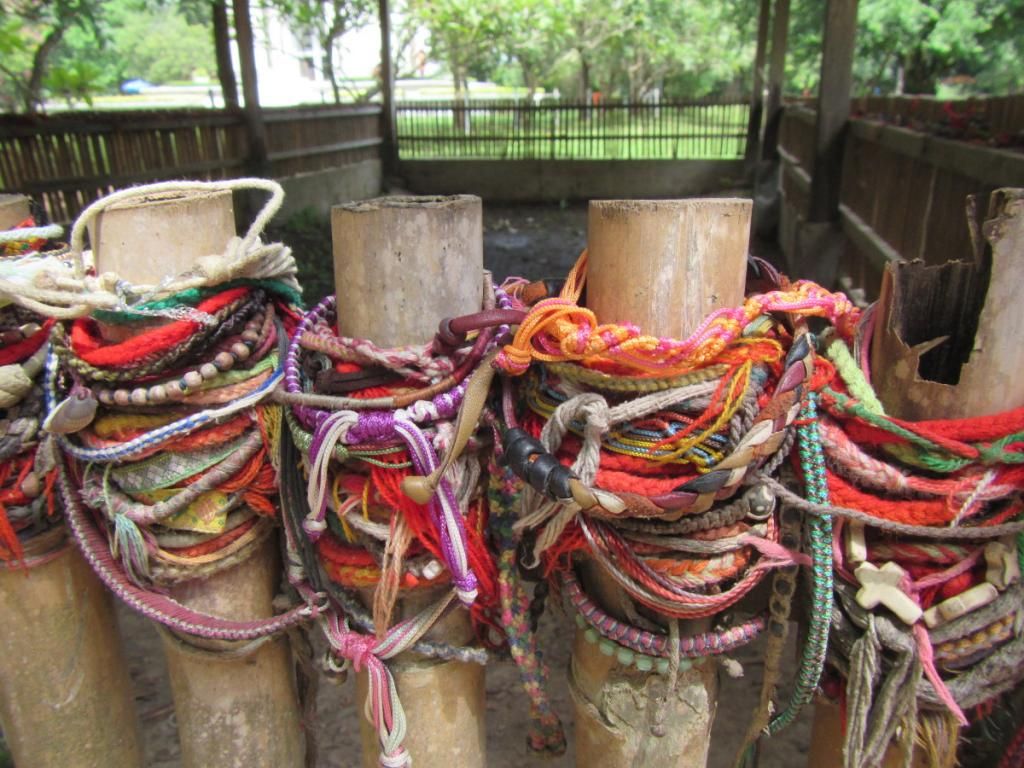 |
 |
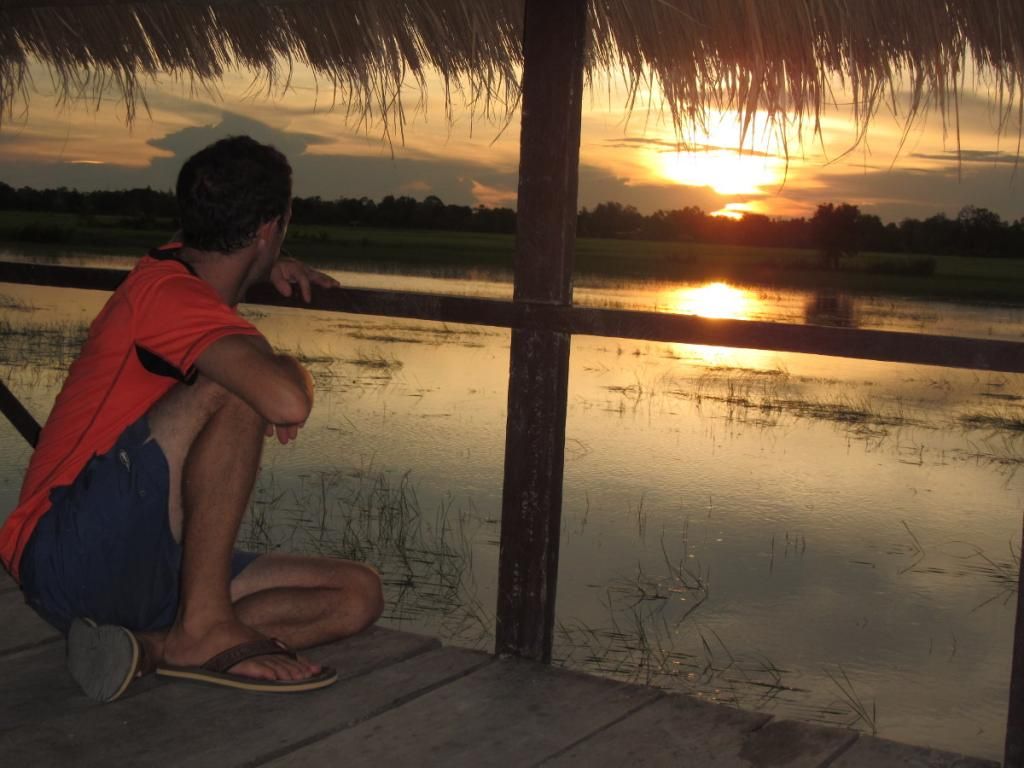 |
 |


No comments:
Post a Comment